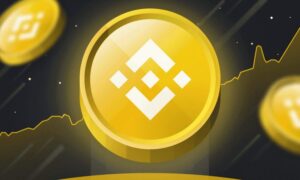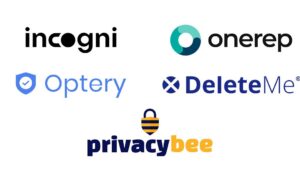Introduction
In the ever-evolving landscape of digital currencies, a new and promising trend is emerging – the rise of Web3 coins. As the blockchain technology continues to advance, Web3 coins have gained significant attention and popularity among investors and tech enthusiasts alike. In this article, we will delve into the basics of Web3 coins, exploring what sets them apart and why they are becoming a prominent player in the cryptocurrency market.
What are Web3 Coins?
Web3 coins, also known as decentralized cryptocurrencies, are a subset of digital currencies that operate on the Web3 infrastructure. Unlike traditional cryptocurrencies like Bitcoin and Ethereum, Web3 coins are built on decentralized networks, allowing for greater transparency, security, and control. Web3 refers to the third generation of internet technology, characterized by the integration of blockchain, smart contracts, and decentralized applications (dApps). These coins leverage these advanced technologies to provide users with enhanced functionalities and improved user experiences.
Key Features of Web3 Coins
Decentralization:
Web3 coins operate on decentralized networks, removing the need for central authorities or intermediaries. This decentralized nature ensures that transactions are secure, transparent, and censorship-resistant.
Smart Contracts:
Web3 coins utilize smart contracts, self-executing agreements with the terms of the contract directly written into code. These contracts automatically execute actions when predefined conditions are met, enabling seamless and trustless transactions.
Interoperability:
Web3 coins can interact and exchange data with other blockchain networks, fostering interoperability between different decentralized applications. This interconnectedness enhances the overall functionality of the Web3 ecosystem.
Community Governance:
Many Web3 coins are governed by their community members, allowing users to actively participate in the decision-making processes. This democratic approach empowers the community and ensures that the network evolves according to the users’ consensus.
Popular Web3 Coins
Several Web3 coins have gained prominence in the cryptocurrency market due to their innovative features and strong communities. Some notable examples include:
Polkadot (DOT):
Polkadot is a multi-chain platform that enables different blockchains to interoperate and share information in a secure and scalable way. It promotes a decentralized and web3 future by facilitating the seamless connection of multiple blockchains.
Chainlink (LINK):
Chainlink is a decentralized oracle network that enables smart contracts to securely interact with real-world data. It ensures the accuracy and reliability of data inputs, making it a vital component in the Web3 ecosystem.
Filecoin (FIL):
Filecoin is a decentralized storage network that allows users to buy and sell unused storage space. It aims to create a more efficient and secure way of storing data, encouraging a decentralized approach to file storage.
Polygon (MATIC):
Polygon is a Layer 2 scaling solution for Ethereum, enhancing its capabilities by providing faster and cheaper transactions. It enables the development of dApps with improved user experiences, contributing to the growth of the Web3 ecosystem.
The Future of Web3 Coins
As the adoption of blockchain technology continues to expand, Web3 coins are expected to play a pivotal role in shaping the future of the internet. Moreover, their decentralized nature, advanced features, and community-driven governance make them a promising investment and a catalyst for innovation. Notably, Web3 coins are not just a trend but a fundamental shift in the way we perceive and interact with digital assets and online platforms. Therefore, embracing the potential of Web3 coins can pave the way for a more inclusive, transparent, and decentralized digital future, ensuring a seamless transition into a new era of technology and finance.
Conclusion
Understanding the basics of Web3 coins is essential for anyone interested in the world of cryptocurrencies. Furthermore, their unique features, such as decentralization, smart contracts, interoperability, and community governance, distinguish them from traditional digital currencies, opening up new possibilities for developers, businesses, and users. As a result, the Web3 ecosystem continues to evolve, providing valuable insights into the future of finance, technology, and decentralized applications. Therefore, embracing the potential of Web3 coins can pave the way for a more inclusive, transparent, and decentralized digital future, ensuring a seamless transition into a new era of technology and finance.

































